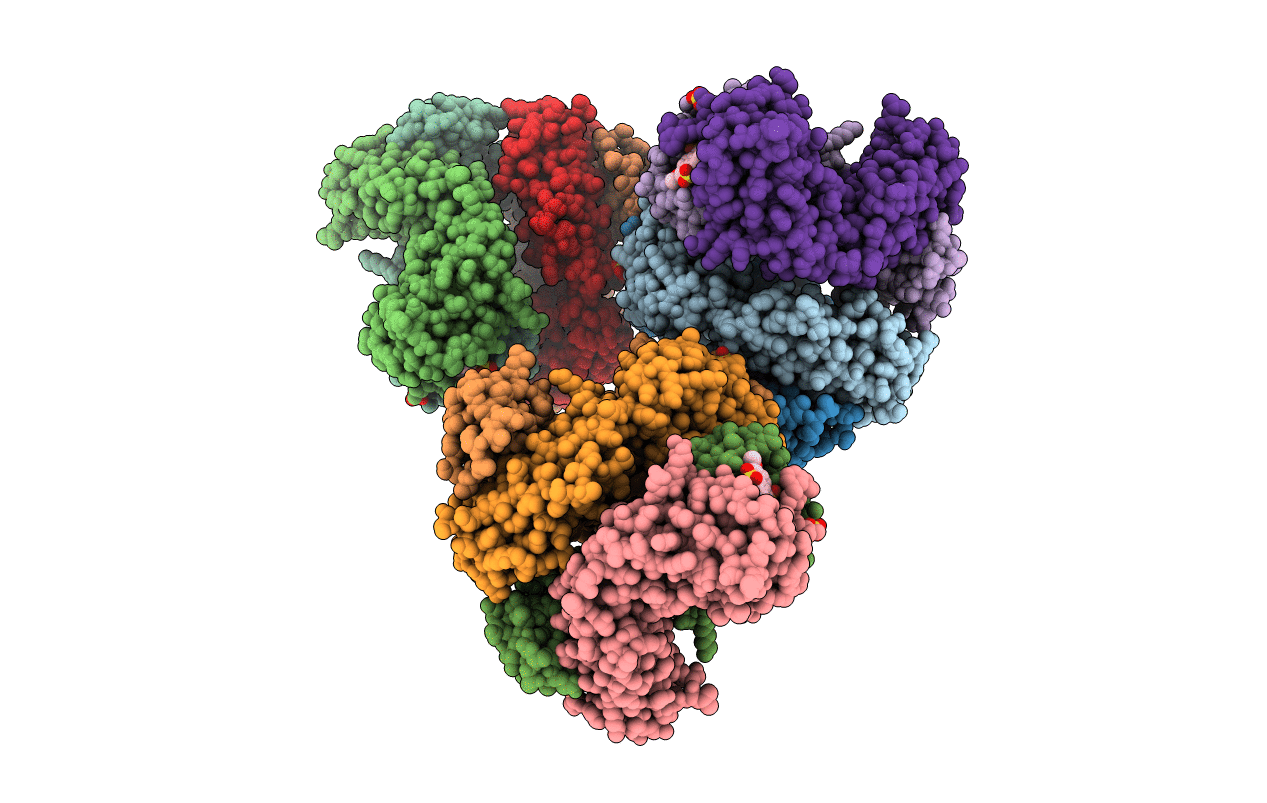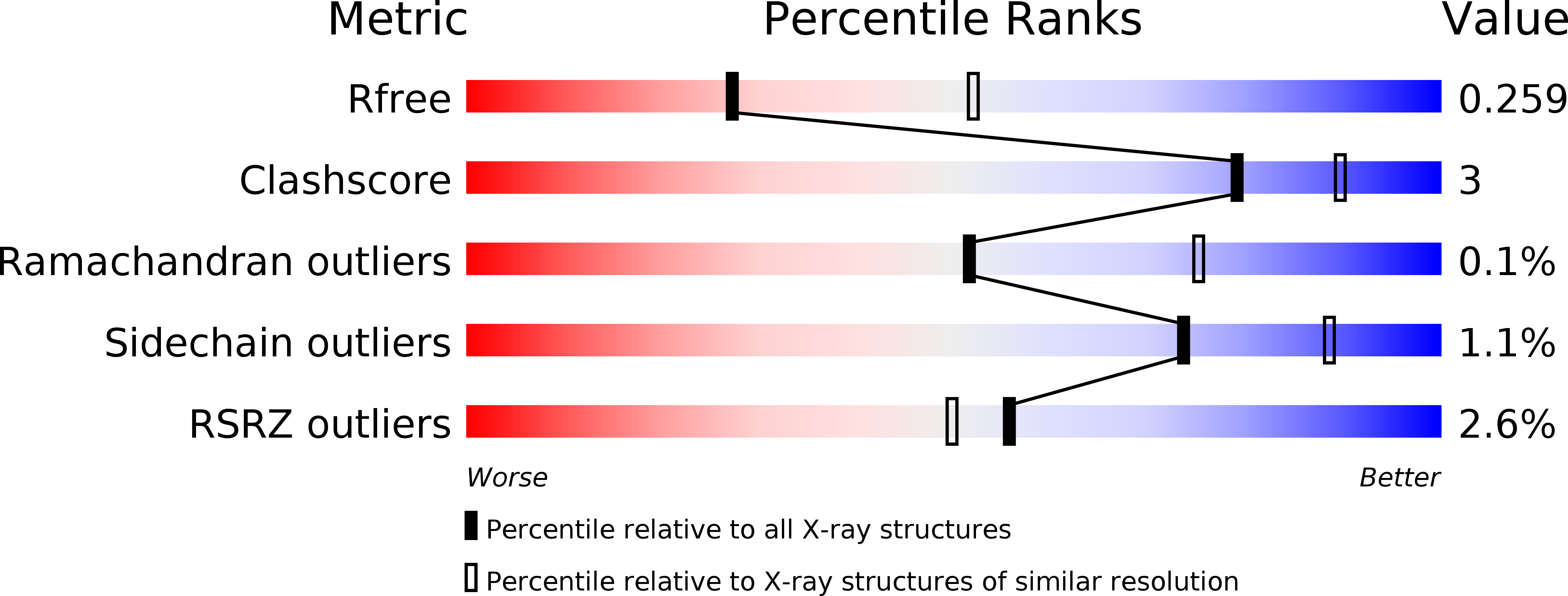
Deposition Date
2018-08-21
Release Date
2019-07-03
Last Version Date
2024-11-06
Method Details:
Experimental Method:
Resolution:
2.61 Å
R-Value Free:
0.26
R-Value Work:
0.22
R-Value Observed:
0.24
Space Group:
P 32


